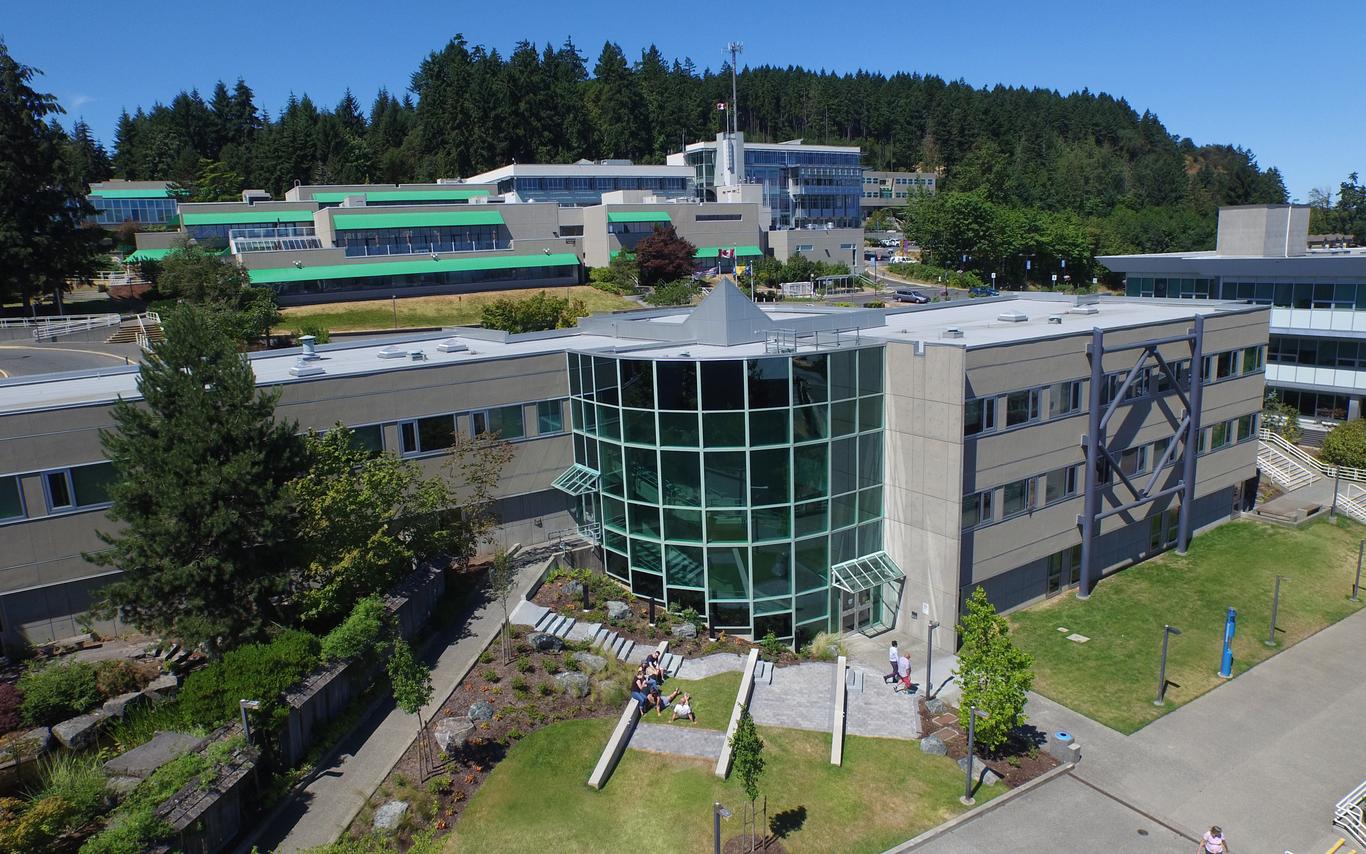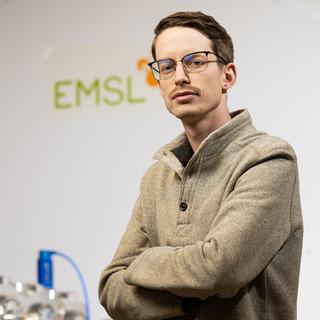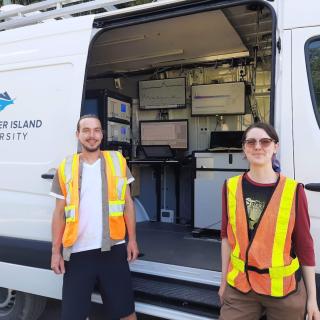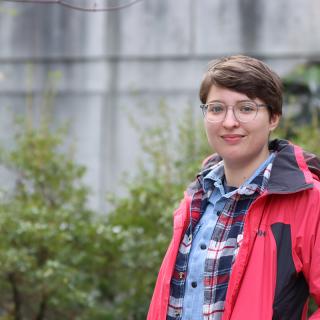BCCF Biologist, Ally Badger, collects water samples from Millstone River. BC Conservation Foundation Photo
VIU research lab at the centre of a large-scale project to detect toxic chemical in Vancouver Island streams.
As rain and atmospheric rivers fall on Vancouver Island the seasonal weather also brings the possibility of a toxic chemical entering urban streams from nearby roadways.
Vehicle tires release a chemical known as 6PPD-quinone that is acutely toxic to salmon at extremely low levels. This chemical can flow into storm drains and urban streams when it rains. Researchers at Vancouver Island University (VIU), in collaboration with the BC Conservation Foundation (BCCF), are studying the issue.
“Even tiny concentrations can result in fish kills,” said Dr. Erik Krogh, Co-Director of VIU’s Applied Environmental Research Laboratories (AERL).
The research lab is undertaking a large-scale study of when and where the tire wear toxin is occurring in waterways on Vancouver Island. The project currently involves a network of 31 local groups, citizen scientists and First Nations sampling 53 waterways at 99 locations between Victoria and Campbell River.
“Working alongside local First Nations and citizen scientists has allowed for this sampling program to have a greater reach and allowed us to scale up sampling efforts significantly more than what would be possible with the BCCF and VIU team alone,” said Haley Tomlin, BCCF Biologist.
The researchers are working to identify important roadway runoff and stormwater inputs of 6PPD-quinone to understand how the concentration of these toxins change over time and space. There is much to learn about these tire wear toxins. Once researchers have identified significant sources they will work with local and regional governments to advise on remediation efforts. The team will work with collaborators to evaluate nature-based solutions such as rain gardens and bio-retention ponds.
Graduate students Joseph Monaghan and Angelina Jaeger, working with Drs. Krogh and Chris Gill (Co-Directors of the AERL), developed an innovative measuring method at VIU with the support of the Natural Science and Engineering Research Council of Canada. This project wouldn’t be possible without this method, which allows the researchers to measure up to 100 samples per day.
“I feel lucky to have joined the AERL to work on this challenging problem. Measuring at the parts per trillion level usually requires hours of sample preparation and costly analysis. With our method, we can measure directly from stream water samples,” said Jaeger, adding that the AERL lab can provide results within 24 hours of collection.
Krogh said VIU’s method is significantly faster and more cost-effective than conventional methods. It allows for much greater numbers of samples to be analyzed and the faster turnaround improves engagement with project partners. Ultimately, this project will enable better decisions about stormwater management and help protect salmon habitat on Vancouver Island and beyond.
“This project involves many volunteers who are willing to go out in the rain to collect samples,” said Krogh. “None of us could do this work in isolation. It’s a team effort.”
Streamkeeper and stewardship groups, government and Indigenous partners are working together to identify which areas are impacted by the tire toxin. Krogh said local knowledge is important to figure out when and where to sample. These types of local groups may have observed impacts and can provide important historical knowledge about current and past fish populations.
Project partners, VIU and the BCCF, received $2.3 million in funding from the British Columbia Salmon Restoration and Innovation Fund.
VIU and BCCF are hosting a workshop for project partners, the general public, and leading scientists on April 29 and 30. Register for the workshop and learn more about the research project.
-30-
Media Contact:
Rachel Stern, Communications Officer, Vancouver Island University
C: 250.618.0373l E: Rachel.Stern@viu.ca | X: @VIUNews
The VIU community acknowledges and thanks the Snuneymuxw, Quw’utsun, Tla’amin, Snaw-naw-as and Qualicum First Nation on whose traditional lands we teach, learn, research, live and share knowledge.





